Do you want to have a garden in your home but don’t have the space for it? Don’t worry; there is a solution where you can still have your garden. That solution is a container garden!
Yes, a container garden is the solution to your limited-space problems. They allow you to have a garden anywhere, be it a backyard, balcony, or porch. You can also hang container plants from the roof or mount them on walls. The possibilities are endless. You can plant any vegetables, flowers, herbs, fruits, trees, annuals, perennials, or anything else you want. They will add a dash of color to your home and make it more attractive. They also add a decorative look to your home and light up the whole house.
Read on for our list of container gardening tips and tricks.
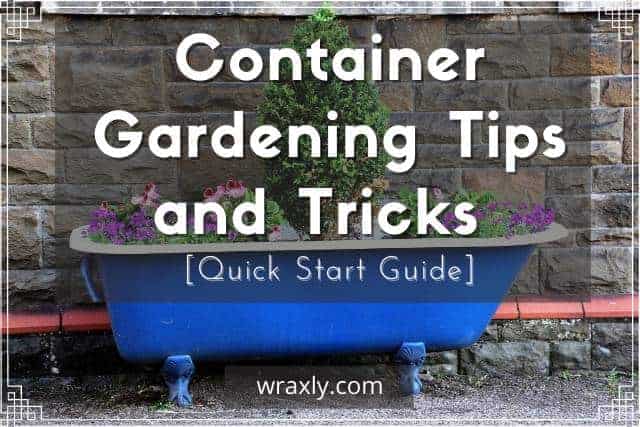
Table of contents
Advantages of a Container Garden
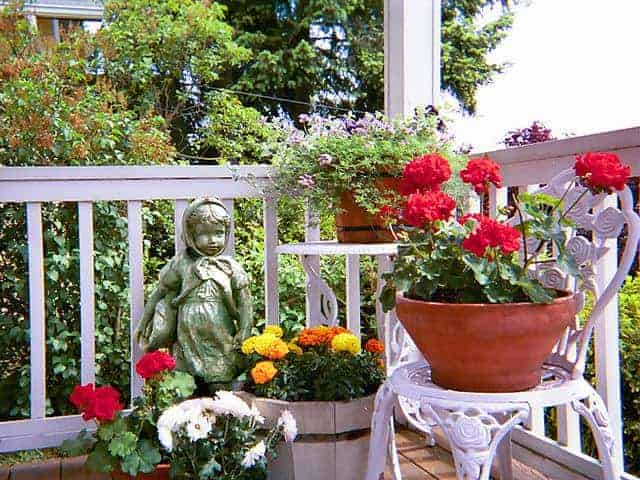
Container gardens come with their own set of advantages. Without taking up much space, they lend an eye-catching look to your home. Below are some other great reasons why you should start a container garden.
- Container gardening is the best solution for those who do not have a large yard to plant a garden. Container gardening can be done anywhere, be it the porch, balcony, or a window box.
- One advantage of a container garden is that it is portable. You can easily move the containers anywhere in your home. If the plants need sunlight or protection from the cold, you can easily move them around or bring them indoors.
- You can grow plants with different soil needs in your container garden, unlike a regular garden.
- Weeding is not required in a container garden.
- Pest damage is minimal in container plants. Diseases are also rare.
- Versatility is another advantage of container gardens. They can be planted inside or outside your home, whatever your preference is. Planting indoors will lend color to your interior and improve the air quality.
- You will have herbs or vegetables right on your windowsill. Just pick some and make a great meal!
Disadvantages of a Container Garden
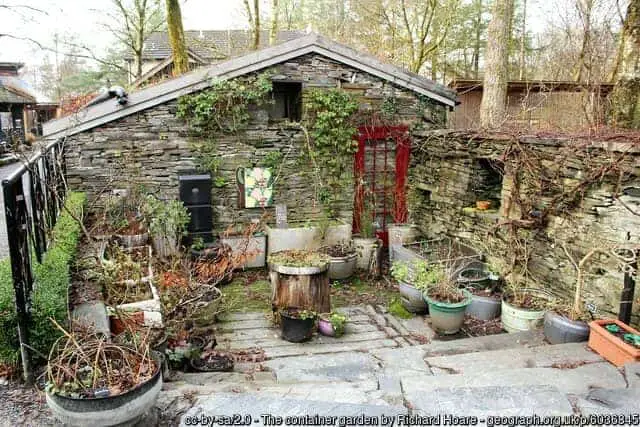
Some disadvantages of a container garden are listed below. These should be kept in mind while planning your garden.
- When we grow plants in containers, they tend to dry out easily, as precipitation does not work with them like in a regular garden. Watering them at regular intervals is an absolute must.
- You will have to add fertilizers at regular intervals to keep the plants thriving and well.
- Composting and mulching does not work too well on container plants, so a fertilizer mix is to be used regularly.
- Growing large quantities of fruits, vegetables, or herbs is not the best plan for a container garden. This is a disadvantage compared to regular gardens.
- Container plants are more vulnerable to cold than a regular garden. The reason for this is that they are not safeguarded by insulation from the soil around it. The same can be said for the lack of water, as precipitation will not work on container gardens.
- Containers also limit the growth of a plant, confining the roots within the container and stunting its progress.
- Container plants will not get the beneficial manure from earthworms and other creatures.
Tips and Tricks for Growing a Container Garden
To keep your container garden healthy and thriving, here are some tips.
- The key to a good plant growth is the size of the container. Plants grow better in a large container than in a small one. Small containers usually restrict the root growth of a plant. The advantage of a large container lies in the fact that it holds more soil, keeping the plants saturated and moist for a longer period of time. Before planting, look at the container’s size and the plant to be potted. If the plant has an extensive root system, opt for a large container. Nevertheless, if the root system of the plant is shallow, a small pot will suffice. However, remember that too large a container will result in soggy soil, which will cut off the oxygen from the plant and drown the roots.
- Proper drainage is also an important factor for a good container garden. Without proper drainage, the plants will not be able to breath, which will result in them wilting and dying.
- Choose plants that can flourish in the climate you live in. The plants must be suitable to the weather and climate of your place; otherwise, they will not thrive.
- A nutrient rich soil is the basic requirement of a container garden. Good soil helps in the retention of water and nutrients, which results in proper growth of the plant.
- Watering the plants regularly is necessary, more so in the warmer months. However, not every plant’s requirement is the same. Often, the plant size, light requirement, and pot size determine the amount of water needed. Less watering will not allow the roots to develop properly.
- Groom your plants regularly, maybe twice a week. Cut out dead blossoms, straggly stems, or any dead plants. Check for fungi or pests. Some of the most common problems to look for when grooming are:
- Black Spots: Common on roses and fruiting plants, they appear as brown or black spots on the stems and leaves. They generally appear in moist and humid areas. Remove the brown or black leaves and spray them with neem oil to stop it.
- Gray Mold Or Botrytis Blight: It generally grows in cool and rainy weather and can infect your plant. Throw away any plants that are infected.
- Overwatering: See that you do not over water your plants, more so in the cold weather. Overwatering and cool temperatures will cause the roots of the plants to rot.
- Powdery Mildew: It is named as such because it looks like a dusting of powder all over the leaves. Look out for this fungus and treat it as soon as possible.
- Fertilizing your container garden is the key to successful plants. A slow-release fertilizer is a good idea to maintain the health of the plant. However, remember that overfertilization is also not good. It will cause plant leaves to turn brown or yellow and damage roots in the process.
With some simple steps and weekly care, your container garden will soon start to bloom. Make sure to water and fertilize the plants often and look out for any pests or fungus.
Some More Tips!
Whether you are just starting out or you are an experienced gardener, these tips will certainly help you with your container garden.
- When watering your container garden, remember that thin leaved plants will need more water, whereas thick leaved plants will need less.
- When you are planting, always buy dwarf varieties of the plant, as they grow well in containers.
- Shallots, garlic, onions, and leeks are among the best to be planted in container gardens. They have shallow roots and need little space, so they can be planted in small containers. Moreover, insect and disease problems are also few and far between in these plants.
- Always keep in mind the size of the plants when choosing a container, and your home space too. When planting a tree, keep in mind the size it will grow to and choose a container according to that.
- Use light colored containers instead of dark colored ones. They reduce heat absorption and keep the roots cool.
- You can give mulching a try to prevent water loss.
- If you are not happy with your container’s look, you can try painting it. Paint it in your favorite colors and give an attractive look to it.
- To keep your plants healthy and blooming, mix slow-release fertilizers with the potting mix.
- The best time to water plants is in the early morning and right before sunset. Water loss through evaporation is less at these times.
- Consider planting ivy if you want to cover your walls. They grow well in containers.
- If you have heavy containers in your garden, set them up on a small wheeled platform. This will make moving around the plants so much easier.
- If you have a very exotic and striking looking plant, select a simple container to plant it in. This will give more focus to the plant.
- Remember to watch for any sign of deficiency in your container garden.
- When you are plating your container, fill it with soil up to one inch from the top. This will allow room for watering.
- If you have planted peas in your container garden, harvest them often, as it encourages the plant to produce more.
- If you have a neglected corner in your house, try to brighten it up with ferns.
Tricks to Decorate your Container Garden
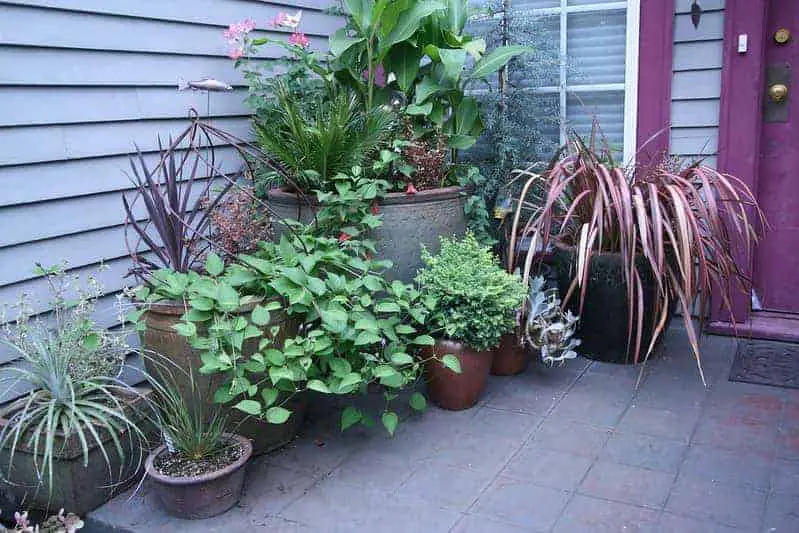
Decorating your container garden will light up your corner of the home. Give it a natural or quirky decoration, according to your tastes. Whatever you do, remember it is going to look charming and attractive.
- You can try putting your containers on a ladder. It does not have to be new or perfect. Your plants will make it attractive for you.
- You can also try recycling old barrels. They come in varied shapes and sizes. Planting flowers or perennials in them will make it look amazing.
- Old shoes are an option too. Yes, you heard that right. Plant herbs in them and drill holes in the bottom to allow drainage.
- Baskets are another great option. Line baskets with clear plastic and cut pores for drainage.
- Hang your containers. They do not have to be on the ground. Plan your container garden with some plants on the ground and some hanging. They will give color to the place and look gorgeous.
The truth about container gardening is that it is hard work. It will take up your time, but the results will be worth it. You can look into various options, choose different types of containers, the plants you will be growing, and then dive right in. There are different plants you can grow to suit your style. You will have different vegetables, herbs, and sweet smelling flowers to keep your home looking beautiful.
Make sure to do some research before you start planting your garden. Look at the various plants and the soils they will need, the fertilizer they will want, the care that will be necessary, then plan your container garden accordingly.

Darrell has a passion for gardening that he inherited from his father. Go here to read more about the influence his father played in his love for gardening. If you want to send Darrell a quick message, then visit his contact page here.
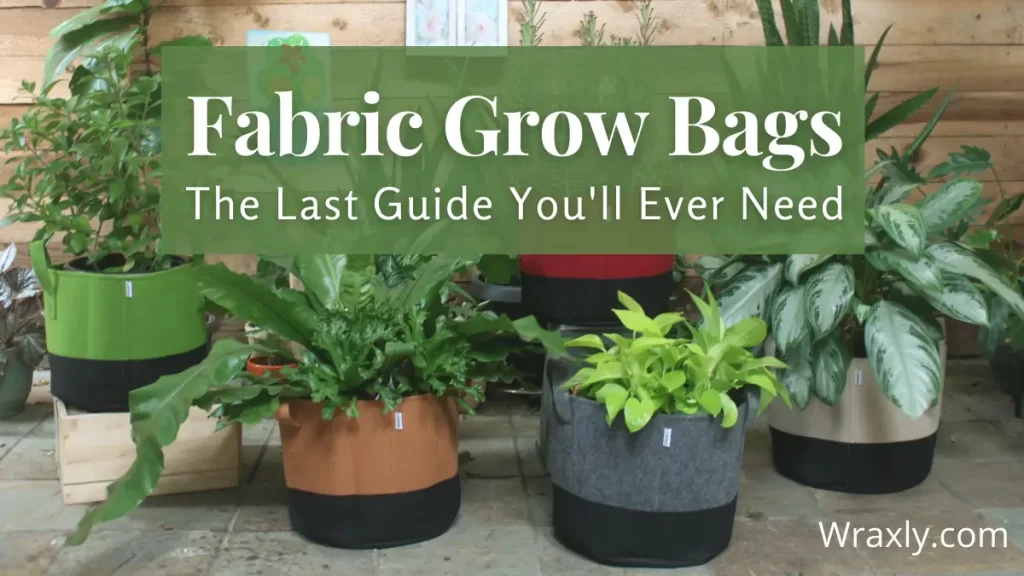
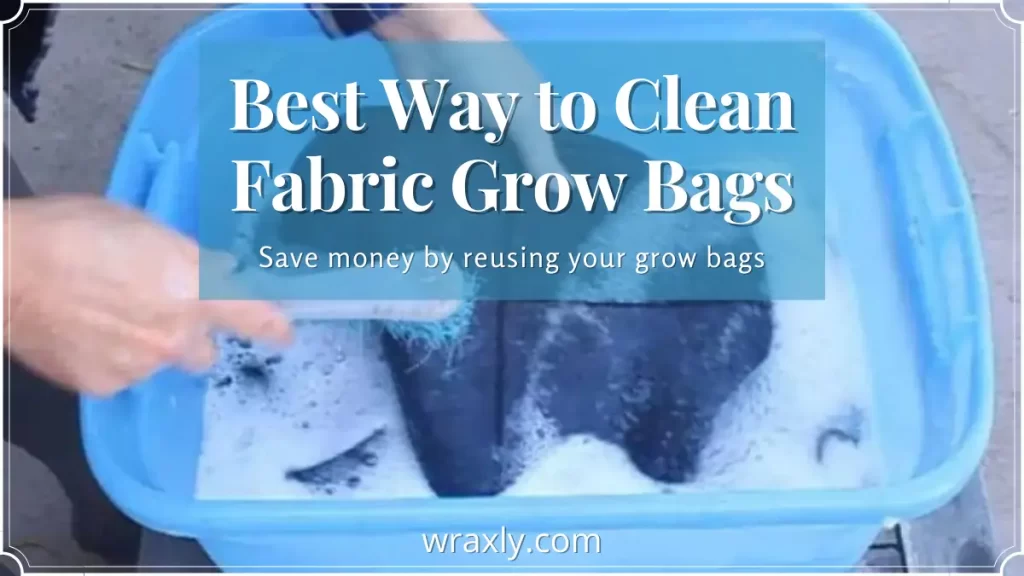
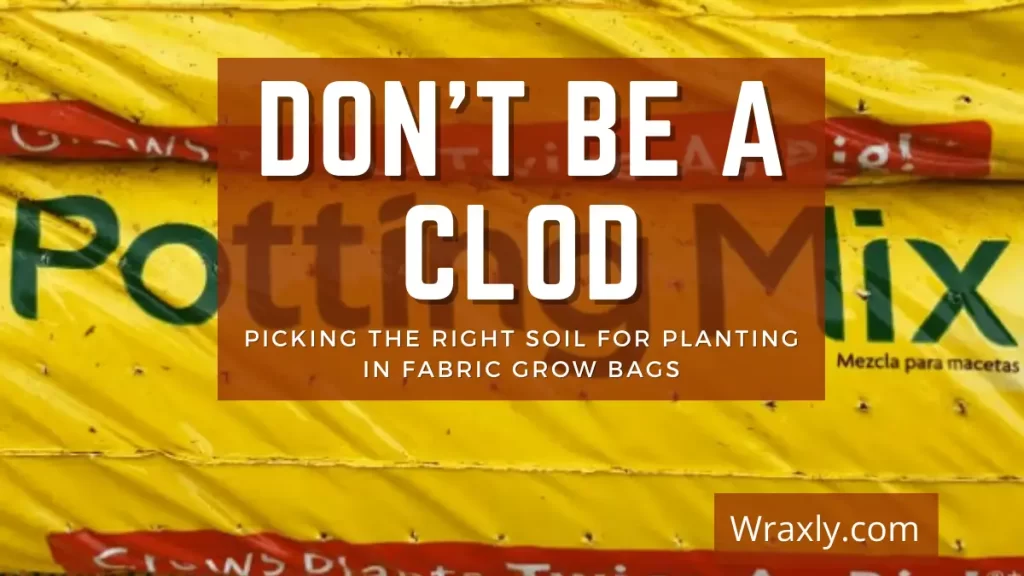
![Container gardening for beginners [Buying guide]](https://wraxly.com/wp-content/uploads/2021/02/Container-gardening-for-beginners-Buying-guide-1200-1024x576.webp)